Budget 2020: Cash to go as Scott Morrison tax cuts start to flow
Millions will have a pay boost within weeks after the budget was rushed into law — including tax cuts projected to inject $7bn into the economy by mid-2021.
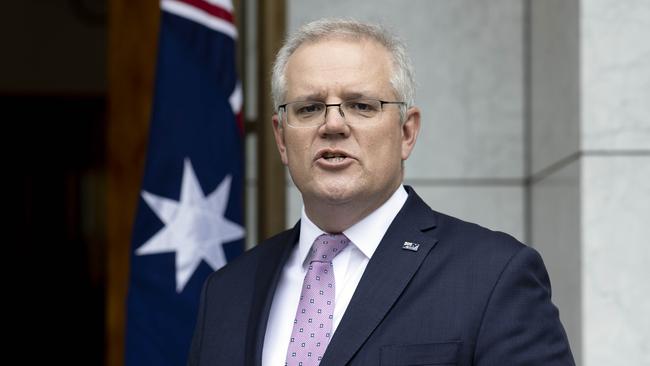
Millions of workers will have a pay cheque boost within weeks after the federal budget was rushed into law — including tax cuts projected to inject $7bn into the economy by mid-2021.
Scott Morrison’s economic recovery plan, which passed both houses of parliament on Friday, also includes a $26.7bn measure allowing businesses to write off the full value of assets in a single year, which economists say will provide major stimulus over the next 12 months.
The Prime Minister said the budget would have “a real impact on Australians as we come out of this COVID-19 recession”.
“This was all in the budget speech on Tuesday night from the Treasurer,” Mr Morrison said.
“And it’s law on Friday.”
The omnibus legislation, which passed parliament with Labor’s support, includes other measures such as the loss carry-back plan that will mean $5bn in business tax relief over four years.
“This is a plan to boost business, to boost jobs, to boost investment, to boost research and development and technology, to drive jobs in our economy,” Mr Morrison said.
Separately, the government is planning to provide a $250 support payment to pensioners in November at a cost of $1.25bn.
Australian Retailers Association chief executive Paul Zahra said that money and the other budget measures were “an important and well-timed mood booster … and should provide a little more enthusiasm around Christmas spending”.
“Of course, in Victoria there is a much deeper anxiety at play with retailers not certain when they will open,” Mr Zahra said.
Nevertheless, he said the stimulus was “extremely welcome and carefully thought through”.
Under the government’s personal income tax overhaul — bring forward the second stage of a three-pronged plan unveiled in last year’s pre-election budget — workers will be handed up to $2565 per year.
Taxpayers earning more than $120,000 will be about $200 better off a month from November, while those earning $100,000 will have an extra $130 a month in their pay packets. Workers earning between $45,000 and $90,000 will be $90-a-month better off from next month, with all workers to receive further cash payments at the end of the financial year.
There are currently 1.5 million Australians who earn between $90,000 and $126,000 and 4.6 million earning between $48,000 and $90,000.
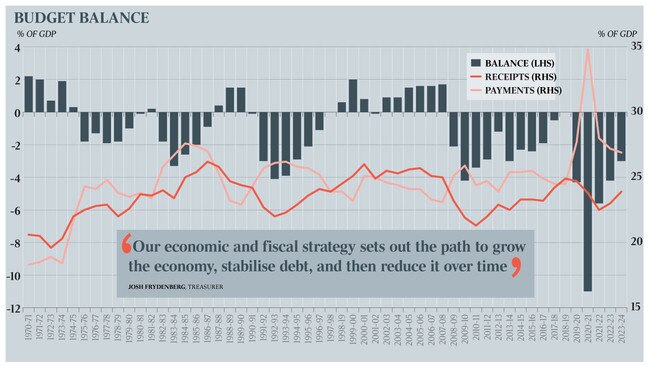
NAB chief economist Alan Oster forecast the budget would add 7 per cent to gross domestic product by mid-2021, while Westpac’s forecasts suggested it would contribute to economic growth of 3.8 per cent this calendar year.
“It is really strong,” Mr Oster said. “The only problem is when you get to the other side it takes out 5 per cent. So that makes us a bit nervous about how quickly they withdraw the stimulus.
“But generally it is a very big stimulus to the economy.”
Under the personal income tax cuts, 11 million Australians will be between $510 and $2565 better off by next July. Finance Minister Mathias Cormann said the relief was likely to flow to workers by next month after the ATO adjusted its withholding tax schedules.
Investment bank Morgan Stanley said the income tax cuts would “provide an income boost of $7bn for the rest of FY21” but that backdated payments to be delivered in July 2021 would lift this to $17bn in the following financial year.
A maximum tax reduction of up to $1080 — available for those earning between $48,000 and $90,000 — will also be available at the end of the financial year once returns are lodged.
The government labelled it a “one-off benefit”. “In relation to the low and middle income tax offset, there will be a lump-sum payment at the end of the financial year,” Senator Cormann said.
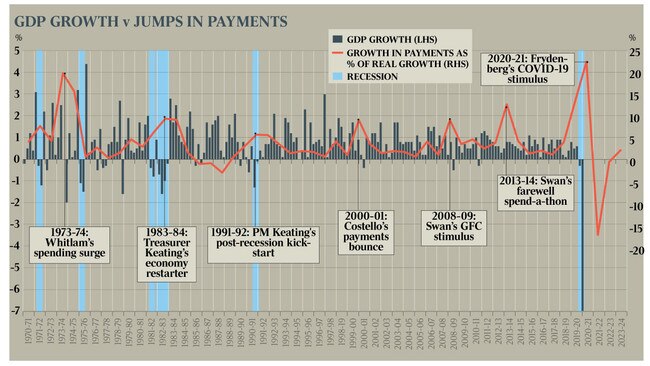
Anthony Albanese said Labor supported the bringing forward of stage two of the government’s tax cuts, arguing the opposition had “argued for it last year.”
“We’ve supported stage one and stage two of the tax cuts,” Mr Albanese told ABC. “The big beneficiaries of stage two are those people who earn between $90,000-120,000. So, that’s a lot of working families who are in that circumstance. And we did support that measure.
“They will spend it and create economic activity. We remain concerned about the high-end tax cuts … We said that you couldn’t predict what the economy would look like in 2024-25.”
The low income tax offset is being increased from $445 to $700, with the maximum payments available to those on incomes of between $37,500 and $45,000. Senator Cormann said lower-income earners were effectively being given a “double-up” on the value of their tax relief.
A lump-sum payment will also be made at the end of the financial year to deliver the tax cuts from July 1 to November, given the relief is being implemented retrospectively.
Mr Morrison said the budget was about unleashing a private sector-led recovery to boost jobs, but added that he did not see government as the “solution forever”.
“We see government’s role in the middle of this COVID-19 recession to assist the private sector get back on its feet, to bridge this gap during the course of this COVID-19 recession,” he said.
Other measures in the omnibus legislation include a boost for research and development investment and the expansion of ten small business tax concessions including an easing of the fringe benefits tax.
The second of the three-step personal income tax plan increases the top threshold of the 19 per cent income tax bracket from $37,000 to $45,000, while the 32.5 per cent tax rate will kick in at $120,000, instead of $90,000.


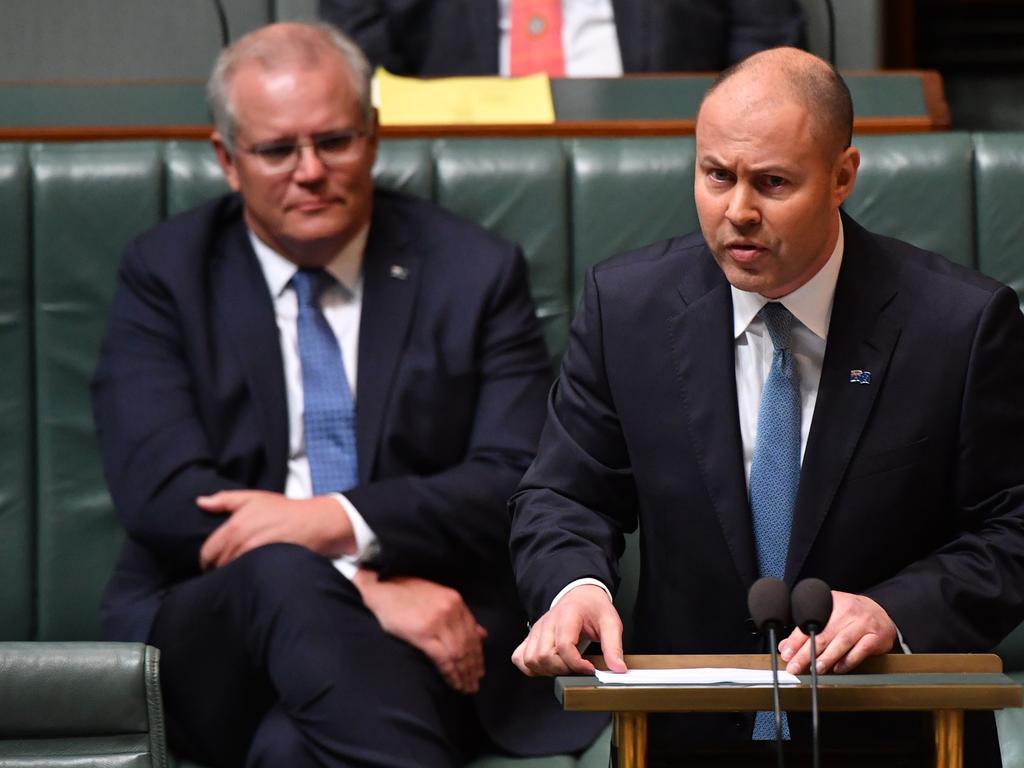
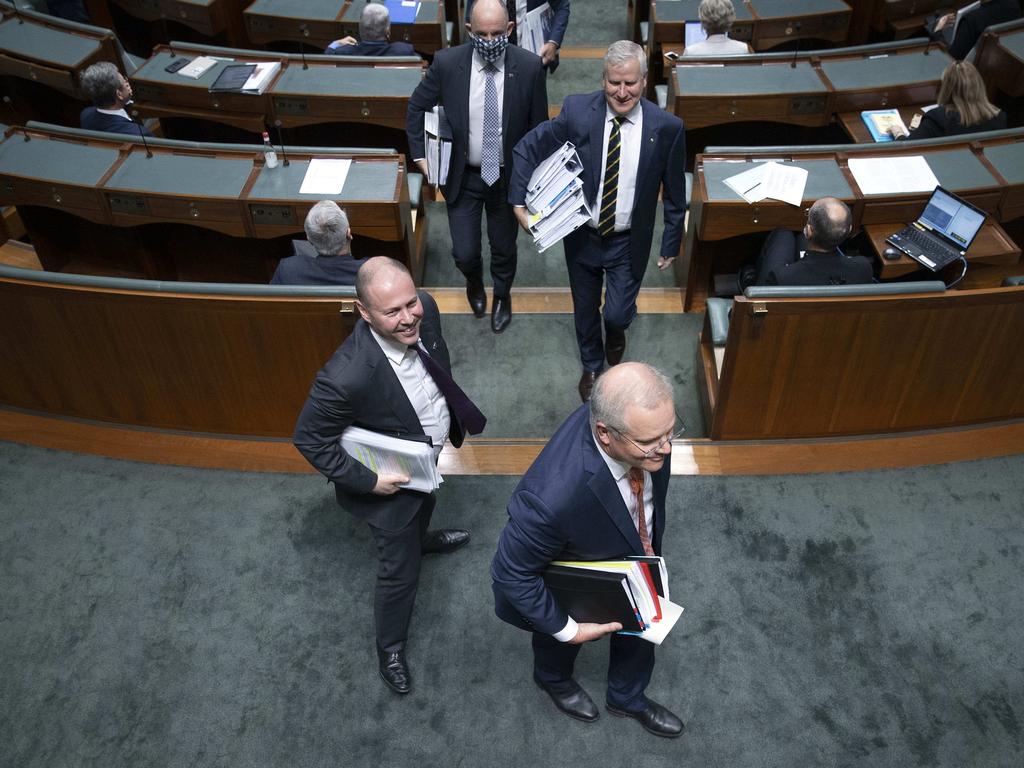



To join the conversation, please log in. Don't have an account? Register
Join the conversation, you are commenting as Logout